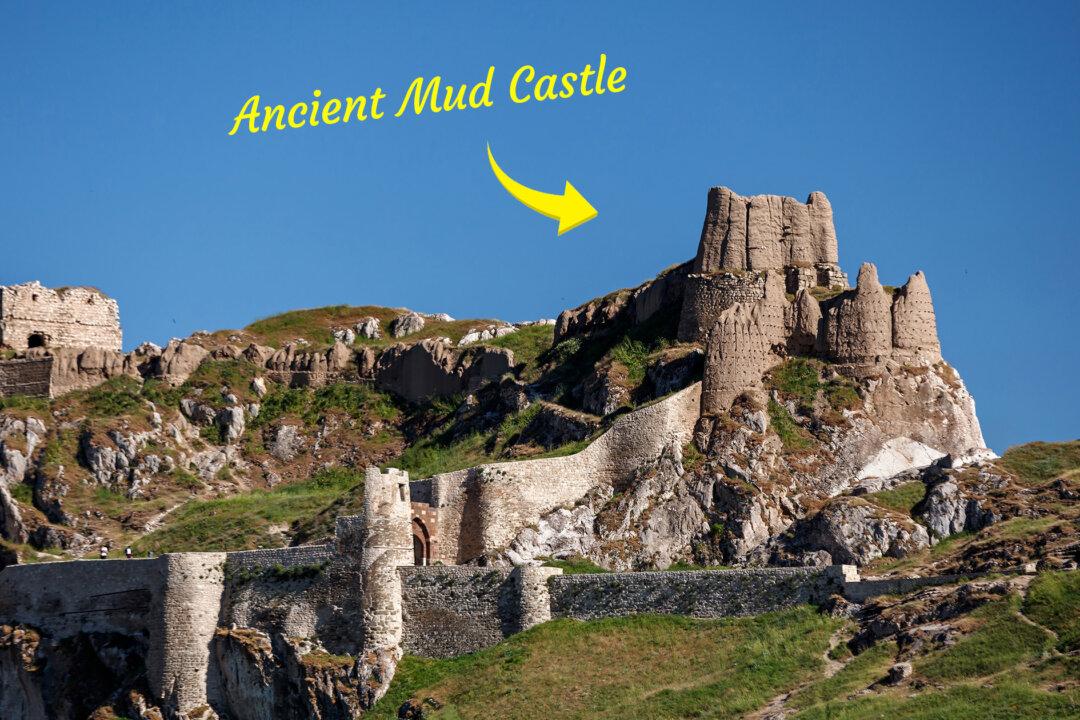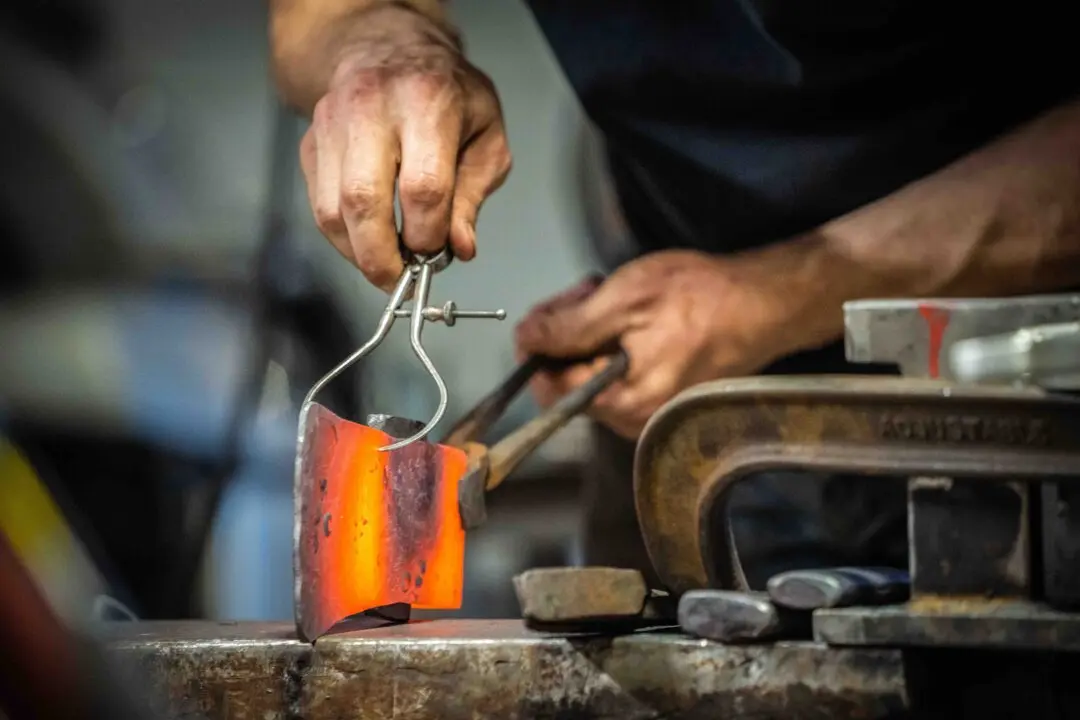Disclaimer: This article was published in 2023. Some information may no longer be current.
Far away from Turkey’s tourist hotspots lies the province of Van, where a massive, 3,000-year-old fortress named Tushpa, also known as Van Castle, is located. It holds the key to the secrets of an ancient kingdom.






